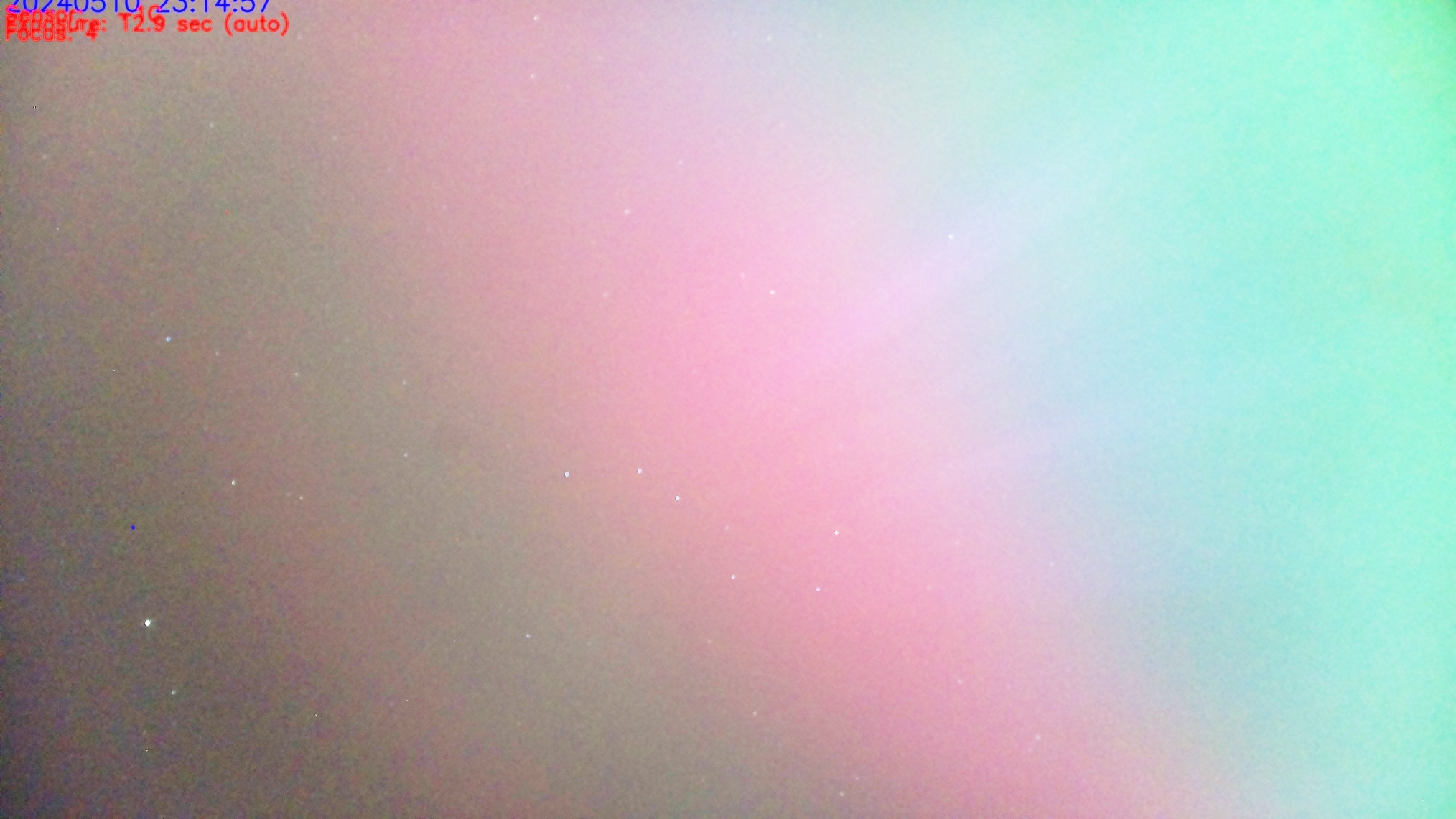Aurora Borealis

/
The Enchanting Aurora Borealis: A Dance of Lights
Introduction
The Aurora Borealis, known as the Northern Lights, is one of nature’s most mesmerising phenomena. This captivating light display transforms the night sky into a canvas of swirling colours, leaving spectators in awe. Predominantly visible in high-latitude regions around the Arctic and Antarctic, the Aurora Borealis has fascinated humans for centuries, inspiring countless myths, legends, and scientific studies.
The Science Behind the Spectacle
The Aurora Borealis occurs when charged particles from the sun interact with the Earth’s magnetic field. During periods of high solar activity, the sun emits streams of charged particles known as solar wind. When these particles collide with gases in the Earth’s atmosphere, primarily oxygen and nitrogen, they excite the atoms, causing them to emit light. This process results in the vibrant displays of green, pink, red, yellow, and violet that paint the night sky.
The different colours of the aurora are determined by the type of gas involved in the collisions and the altitude at which these interactions occur. For instance, oxygen at high altitudes (above 150 miles) produces red auroras; at lower altitudes (up to 150 miles), it gives off green light. Nitrogen, on the other hand, contributes to blue or purplish-red hues.
On the 10th/11th of May 2024, the Arora was visible in a very big way here in the UK and right down on the South Coast. Below is a timelapse video I took with an All-Sky camera.
Best Places to Witness the Aurora Borealis
- Tromsø, Norway
- Known as the Gateway to the Arctic, Tromsø offers some of the most stunning Northern Lights views, especially between late September and early April.
- Fairbanks, Alaska
- Fairbanks provides a prime location for aurora viewing, with clear skies and long nights during the aurora season, typically from August to April.
- Yellowknife, Canada
- Yellowknife boasts an impressive record of clear skies and frequent auroral activity in Northwest Territories, making it a top destination for aurora chasers.
- Reykjavik, Iceland
- Iceland’s capital, with its easy access to dark, rural areas, is an excellent spot for witnessing the Northern Lights, particularly from September to April.
Myths and Legends
The Aurora Borealis has been the source of numerous myths and legends throughout history. Indigenous cultures in the Arctic have their own unique interpretations of the lights. For instance, the Inuit of Greenland believed the lights were the spirits of the dead playing ball with a walrus skull. At the same time, Scandinavian folklore often depicted the aurora as reflections from the shields of the Valkyries, the warrior maidens of Norse mythology.
Aurora Hunting Tips
- Check the Forecast: Aurora forecasts are available online and can help you plan your viewing by predicting the likelihood of auroral activity.
- Find Dark Skies: Light pollution can diminish the visibility of the Northern Lights. For the best experience, seek out remote locations away from city lights.
- Be Patient: Auroras are natural phenomena and can be unpredictable. Be prepared to wait and dress warmly to enjoy the spectacle comfortably.
- Capture the Moment: Bring a good camera with manual settings. A tripod and a remote shutter release can help you take clear, long-exposure shots of the aurora.
Conclusion
The Aurora Borealis remains one of the most awe-inspiring sights in the natural world, drawing people from all corners of the globe to witness its ethereal beauty. Whether you are a seasoned aurora chaser or a first-time observer, the experience of seeing the Northern Lights is sure to be a memorable adventure. Embrace the wonder of this natural phenomenon, and let the celestial dance of lights captivate your soul.
